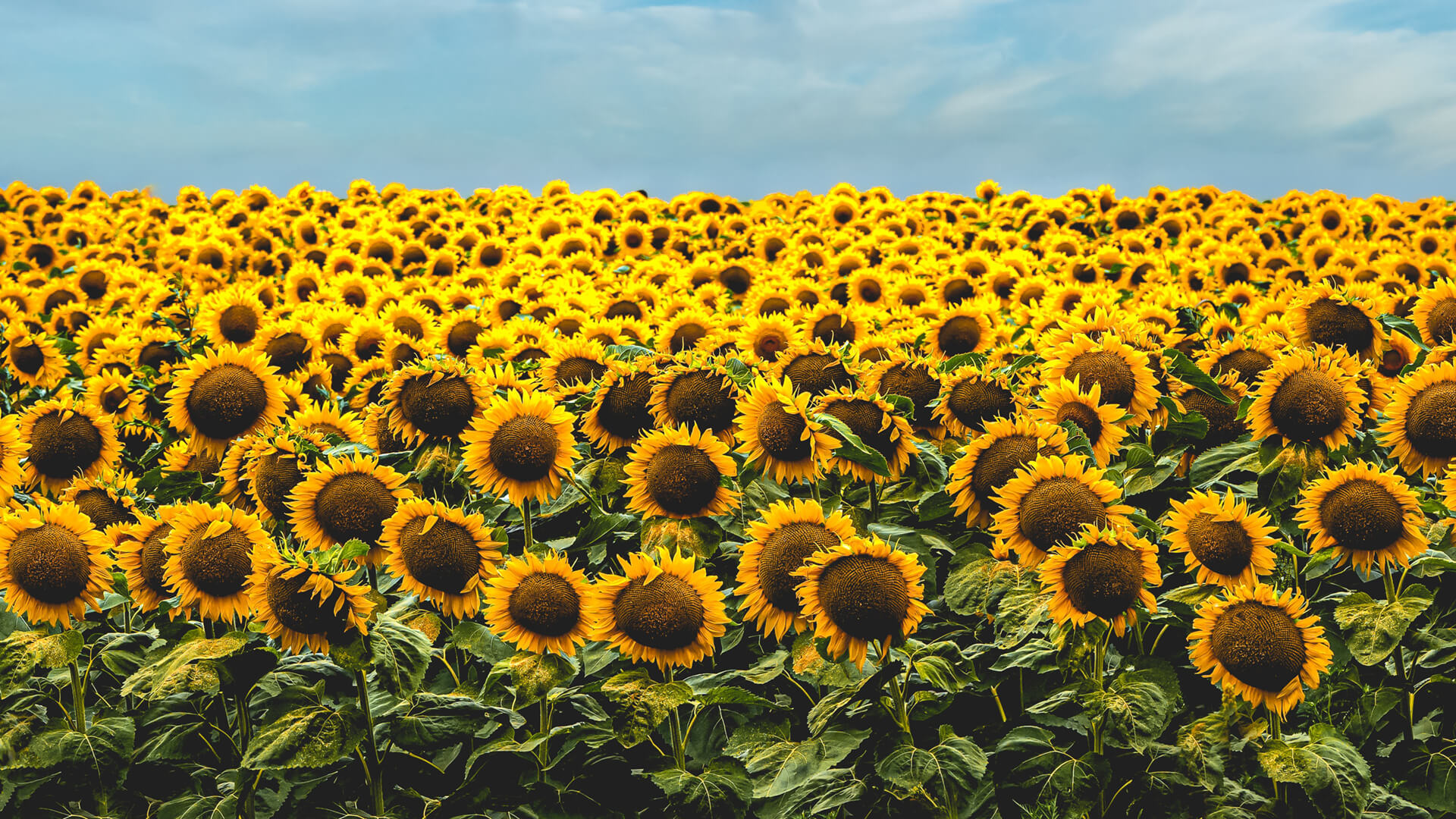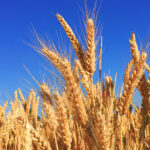
Sunflowers are native to North America. How then did they become one of Ukraine’s best-known national symbols? Russia. Or more accurately, the fasting calendar of the Russian Orthodox Church.
Up until the 18th century most cooking fats in [Western] human diets came from either animals—tallow, lard, schmaltz, butter, etc—or olives. Not only were both sources explicitly prohibited during Russian/Eastern Orthodox Lenten periods, but the Russian climate is not exactly conducive to growing olives. Sunflowers’ foreign provenance and some creative theological interpretations made sunflower oil OK for consumption, and Russia was eager for a domestic oilseed crop. Western Russia and neighboring regions in Bulgaria and Ukraine proved to have a climate and soil types amenable to sunflowers, akin to the prairies of North America. Russian farmers were already growing sunflowers as an oil seed crop by the time of American Independence, and by 1850, Russian agriculturists were already well on their way toward developing new varieties of large, high oil yield sunflower crops more than a century before large-scale cultivation began to take off in the United States. It was not until the 1970s that American farmers began to grow sunflower as an oilseed crop in earnest—due to rising European demand—and the US still lags far behind Eastern European producers.



